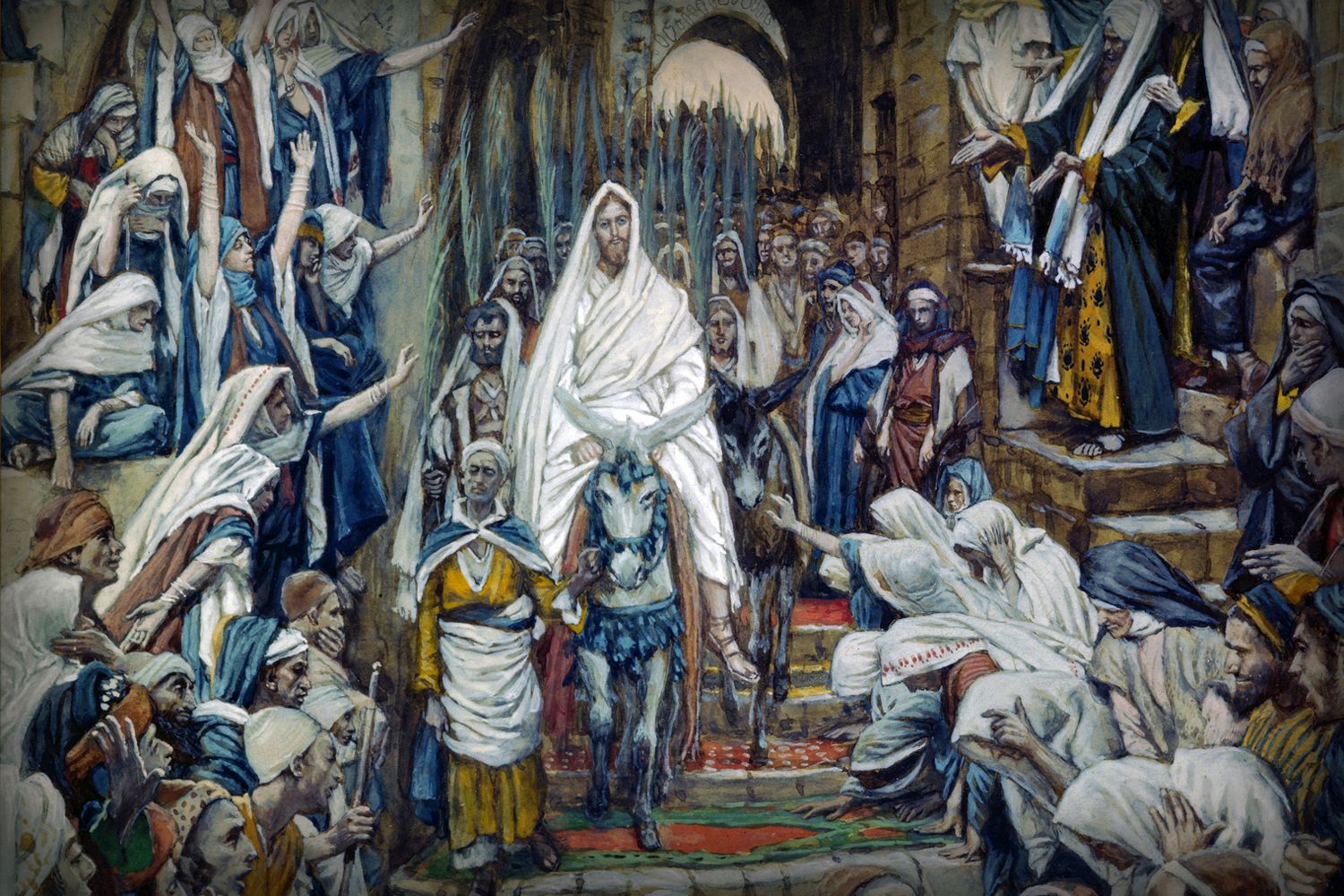Jocelyn Cesari is a name anyone interested in religion and international relations should know. She is already a household name in the—admittedly modest—academic circles of the same, but pundits and policy wonks alike should also know of her. It is not that her work is so easily accessible, but that it is as serious as it is unrelenting. Her latest—We God’s People: Christianity, Islam and Hinduism in the World of Nations—will take readers’ full attention. She does not suffer fools, either in style or substance, but those who come with a bit of background and an honest and sincere interest are not likely to find many her match. Her arguments are dense, detailed, and rapid—this is no beach read. Pace yourself and proceed with caution.
Her first and main argument is fundamental, but probably also the least interesting: “the exportation of the nation-state was associated with the exportation of the immanent transcendent and secular/religious divides embedded in the Western conception of religion.” She makes her case briskly, but it is ground that many others have trod, including Daniel Philpott, Elizabeth Shakman Hurd, and William T. Cavanaugh; goodness, even I have made a version of the same argument. That the nation-state is a particular kind of political organization predicated on, or at least participating in, a kind of secular-religious divide that is neither transhistorical nor transcultural, is so much throat clearing. The export of this arrangement as intrinsic to European colonialism is a well-established postcolonial axiom.
But here is where she starts her creative intervention. True as this axiom may be, and to a degree it is, We God’s People very cleverly deconstructs the easy narcissism that this argument often enables. Rather than accepting the religious-secular dichotomy, and its accompanying privatization of the sacred and politicization of the mundane, she opts for what she calls two sets of three Bs: belief, belonging, and behavior. The first set is a well-understood way to study religion from a more institutional or communal perspective, not merely about individual beliefs. In operationalizing her second set though, applying it also to the political community, she levels the field and actually completes the postcolonial criticism levied above. She argues these Bs shape national communities, too: belief (ideology), a sense of belonging to people bounded by the same territory, and the necessity to behave according to the rules that regulate that community. It is not that religion is an exception and secular politics is the rule: both religion and politics mutually inform belief, belonging, and behavior.
This means that when she enlists detailed histories of Turkey, Syria, India, Russia, and China, she is not simply on the hunt for the practices and experiences of religious groups related to political power. She is searching for patterns in how both elicit a kind of call and response in power and identity. It also means she corrects a postcolonial conceit, what Sari Hanfi calls the two abuses of postcolonial studies: “the overemphasis on external factors while neglecting local ones, and the binary logic of antagonistic categories such as East/West, universalism/contextualism.” She mines enormously creative and generative histories in each of her cases that evidence that, while European colonialism undoubtedly exported important ideas and practices, these civilizations hardly received them as blank slates. Nor were many of these Westphalian ideas entirely exclusive to Westphalia. “It is somewhat ironic,” she writes, “that the idea of the untouched state of humanity before Western domination to which existing oppressed people aspire to return is as Western-centered as colonization itself.”
Cesari’s method and choice of cases extend the point. The American reader might be shocked to find almost no mention of America, particularly in a book subtitled “Christianity, Islam and Hinduism in the World of Nations.” I was a little surprised by the subtitle myself after reading the book since the comparative method necessarily focuses on regional and local contexts. So it would be better to say Turkish, Syrian, Indian, Chinese, and Russian genealogies in the secular-religious. No mention is made of Buddhism or Confucianism, despite it playing an important role in the chapter on China. But semantics on subtitles aside, she puts her method where her mouth is. That is, rather than telling a story about the religious-secular relationship as ideologically foundational to modernity and the nation-state and then turning her attention to Western cases, she looks in extraordinary historical and sociological detail at whether and how this story affected societies globally. Others could extrapolate much of her work back onto the West, and one might want to nudge her on just how settled this division really is in the West and in modernity generally. But that’s really not what her book is about. It’s about the “adaptation and drafting of these concepts outside of the West, but also the political consequences of hybridization.”
Her method is a rich synthesis of qualitative historiography and quantitative social science. Her cases at times overwhelm with detail, and the history itself is—I think—up for points of debate and disagreement. But the story she tells never gives the misleading colonial impression of “before and after.” The patterns she finds in her quantitative research sustain that these are not just cherry-picked histories, but persistent themes that recur in the Islamic, Hindu, Chinese, and Russian worlds. For experts in any of these regions or cases, patiently reading these chapters is worthwhile as she offers not only analysis but also prediction on the basis of what will likely happen in the relationship between religious and secular powers in the decades to come.
Aside from these particular predictions, in her conclusion she identifies three “meta” trends that emerge in each of her cases. First, “the erosion of societal action of religious actors and groups and their submission to hierarchical centralized institutions have paradoxically contributed to the politicization of religion by reorienting its mobilization to the state and national levels.” Cesari exemplifies this in cases ranging from Dagestan to Xian Jing. But the wily American evangelical can probably find a bun fight or two right at home.
Second, all her cases show that there is a large effect on securitization on the political status of religion. Here she offers some pandemic reflections, arguing that the “pandemic has shed light on the overbearing power of the state over the life and death of people that can clash with competing religious ‘prerogatives’ of the same kind. It has also made citizens aware that security is not simply a question of terrorism but also one of spiritual and moral survival.”
Finally, she shows that the “nationalization of religious communities has transformed their international status as well.” The globalization of religiously based politics is the dissemination, she says, of concepts framed within nations. Such contextualization goes far to explaining the sometimes-baffling doctrines and movements of religious communities in international relations.
This book may offend or bewilder readers, but it should not bore them. It is also not an introductory text. For those who are new to the world of international politics or religion, even Cesari’s prodigiously footnoted chapters will be of little help. This is not for initiates. But expert practitioners, educated enthusiasts, and scholars alike will find a book that they will not read only once. Buy it for your library, certainly. But keep one for home, too. We God’s People is not finished on one reading.







 Sponsor a student for Christianity & National Security 2024
Sponsor a student for Christianity & National Security 2024